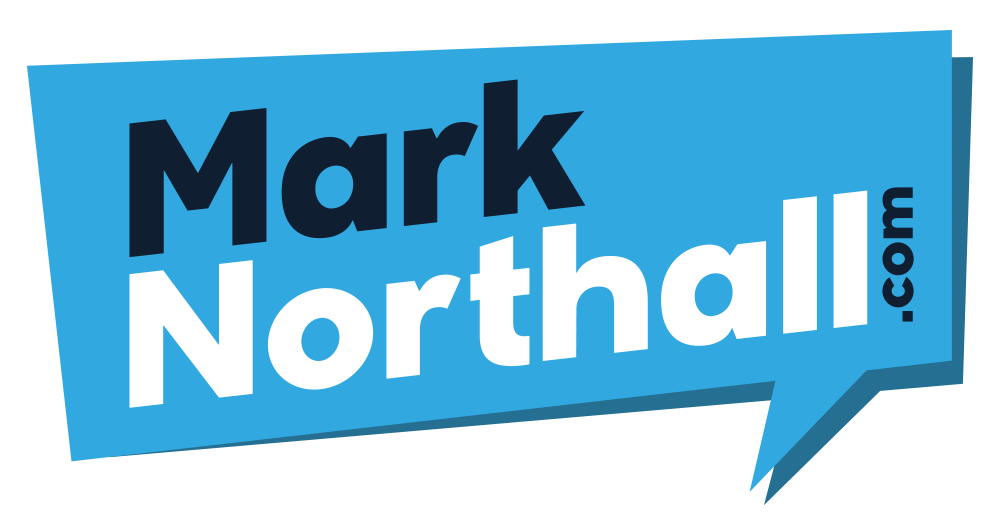
With the rise of social media, there’s been an unfortunate surge in spam and phishing attacks. These deceptive tactics prey on the unwary, tricking users into revealing personal details or downloading malicious software. So, how can you navigate the social media landscape safely? Let’s delve in.
Why is it Important?
Before you roll your eyes at another security warning, consider this: Would you hand a stranger your wallet or phone without a second thought? Probably not. Yet, every day, people inadvertently give away sensitive information online. Recognizing spam and phishing attempts is akin to locking your front door – it’s basic digital self-defence.
Signs of Spam and Phishing on Social Media:
- Unfamiliar Senders: Just as you wouldn’t open your door to a stranger, be wary of unsolicited messages from unknown accounts.
- Too Good to Be True: Winning a random lottery? Inheriting a fortune from a distant relative? If it sounds too good to be true, it probably is.
- Suspicious Links: Always hover over a link before clicking. If it doesn’t match the promised content or if it looks odd, steer clear.
- Grammar and Spelling Mistakes: Professional organizations usually ensure their content is error-free. Mistakes can be a big red flag.
- Requests for Personal Information: Legitimate companies will never ask for sensitive information via social media.
Think about it: Would you tell a stranger on the street your password? The same caution should apply online.
Protecting Yourself and Others:
- Educate Yourself: Knowledge is power. Familiarize yourself with the latest scams.
- Double-Check: If a friend shares unusual content or sends a strange message, contact them directly to ensure they weren’t hacked.
- Use Security Software: Ensure your devices are protected with updated anti-virus and anti-malware software.
- Report Suspicious Activity: Platforms like Facebook, Twitter, and Instagram allow you to report suspicious accounts. Use this feature to help make the digital space safer for everyone.
Picture This Analogy: Imagine you’re hiking on a beautiful walk. You wouldn’t ignore warning signs about dangerous surroundings or treacherous terrain, would you? The digital path, much like that walk, is filled with both wonders and hazards. Recognizing the warning signs can make your journey both enjoyable and safe.
Conclusion and Next Steps:
Staying safe on social media is a skill, much like learning to drive. It takes time and practice, but the rewards are worth it. Remember, every post you question, and every link you double-check, makes you more digitally literate and secure.
Now, I encourage you to act: Share this information with friends and family. Let’s create a ripple effect of online safety. After all, a safer online community benefits us all, doesn’t it?
Here’s to savvy, secure social media browsing!
